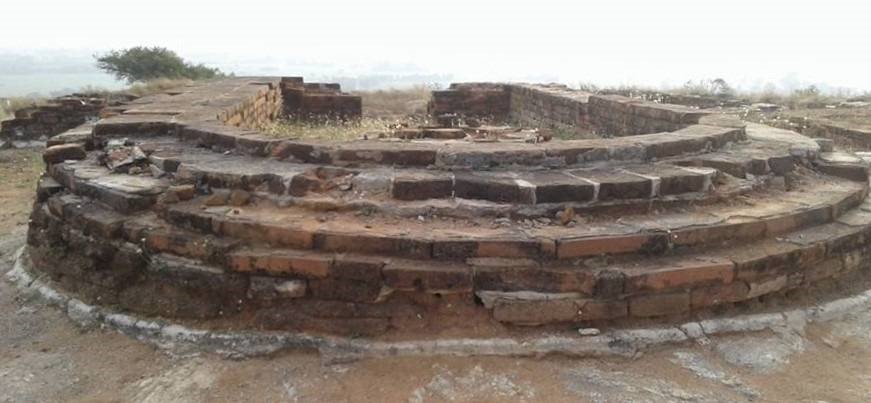Free Courses Sale ends Soon, Get It Now


Free Courses Sale ends Soon, Get It Now



Disclaimer: Copyright infringement not intended.
Context
Discovery Details
Additional Discoveries
Conclusion
Phanigiri
|
Andhra Ikshvaku Dynasty
Political History:
Territory and Religion:
Decline:
|
|
PRACTICE QUESTION Q. Which dynasty ruled over the eastern Krishna River valley in India during the 3rd and 4th centuries CE, with their capital located at modern-day Nagarjunakonda, and was known for their patronage of both Shaivism and Buddhism? a) Satavahana dynasty b) Gupta dynasty c) Andhra Ikshvaku dynasty d) Pallava dynasty Answer: c) Andhra Ikshvaku dynasty |
© 2024 iasgyan. All right reserved